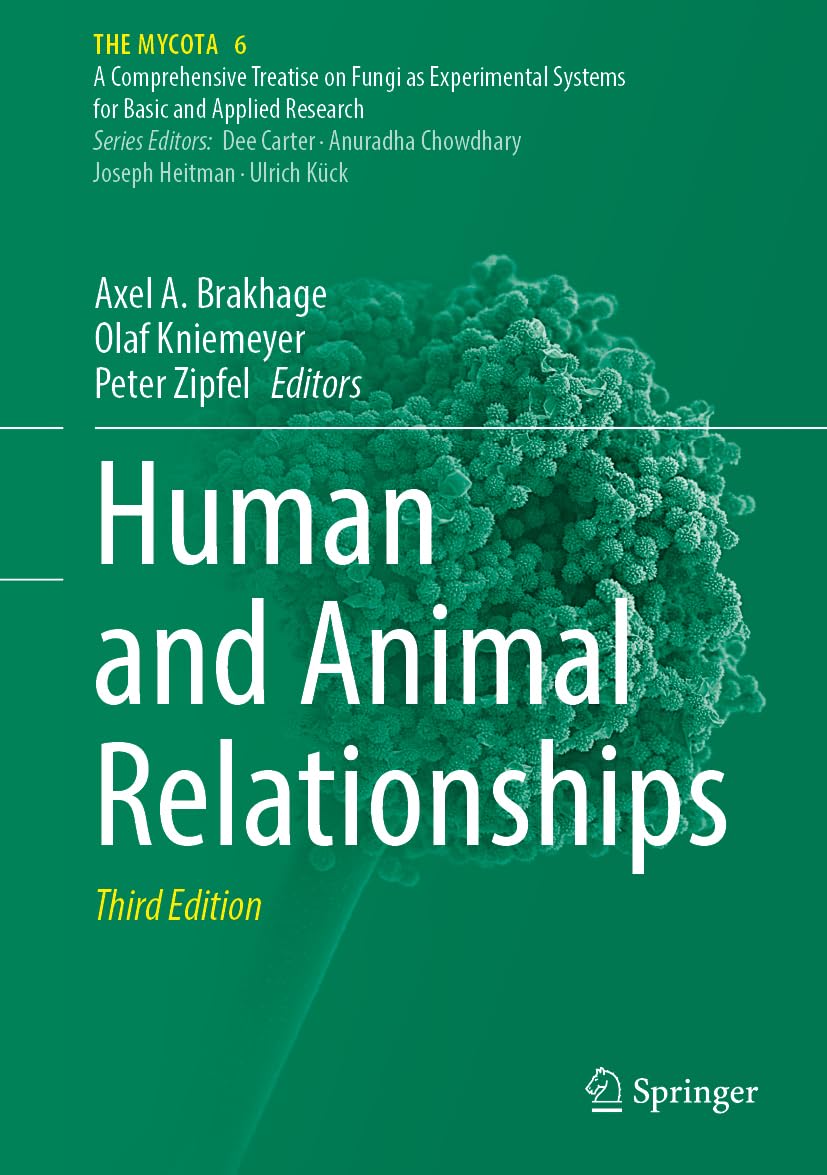

Most ebook files are in PDF format, so you can easily read them using various software such as Foxit Reader or directly on the Google Chrome browser.
Some ebook files are released by publishers in other formats such as .awz, .mobi, .epub, .fb2, etc. You may need to install specific software to read these formats on mobile/PC, such as Calibre.
Please read the tutorial at this link: https://ebookbell.com/faq
We offer FREE conversion to the popular formats you request; however, this may take some time. Therefore, right after payment, please email us, and we will try to provide the service as quickly as possible.
For some exceptional file formats or broken links (if any), please refrain from opening any disputes. Instead, email us first, and we will try to assist within a maximum of 6 hours.
EbookBell Team

4.4
92 reviewsA Comprehensive Treatise on Fungi as Experimental Systems
Estimates based on sequencing data suggest that there are around 5.1 million species of fungi. Yet only a small number of fungi are harmful to animals, including humans. In addition to host-pathogen interactions, there are also mutualistic interactions between fungi and animals. Diseases caused by pathogenic fungi range from allergic reactions and superficial infections to invasive mycoses, and have a significant impact on human and animal life. Fungi are also cultivated by animals as a food source in highly developed relationships or are even involved in gut mutualism. This 3rd edition of Volume 6 of The Mycota highlights exemplary interactions between fungal pathogens and their host(s). The book is organized in three parts: Part 1 summarizes our current understanding of important pathogenic fungi such as Candida species, Malassezia yeasts, Aspergillus fumigatus and fungi of the order Mucorales. Part 2 addresses the characterization of the host response towards pathogenic fungi. It focuses on RNA as a mediator of host-pathogen interactions, the human gut mycobiome, the role of the innate immune system in fighting infections, pattern recognition receptors involved in fungal infections, and a summary of established infection models for studying host-fungal-pathogen interactions. Part 3 provides insights into the impact transcriptomics and proteomics technologies have on the research of human-pathogenic fungi. The up-to-date reviews by experts in the field provide the reader with a comprehensive overview of the various research topics in the field of human and animal relationships with fungi and will hopefully help researchers to find inspiration for their own research.